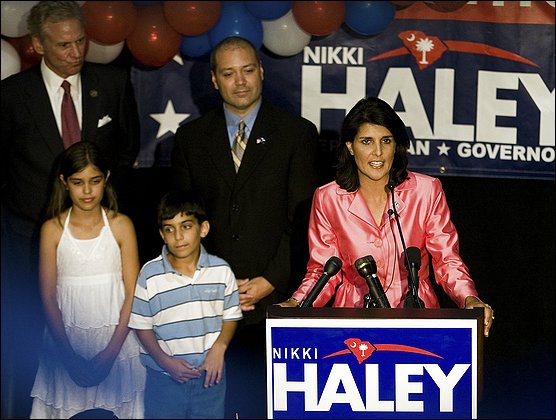
WAPO story on the growth in Indian-American involvement in politics. The rise of this group has been stunning, but hardly atypical:
The nation's 2.5 million Indian Americans rank among the most highly educated ethnic groups in the United States, according to Census figures, and they have the highest per-capita income.
Although the community leans Democratic, according to a 2009 survey by the Asian American Legal Defense Fund, its wealth has attracted aspiring candidates of both parties.
Individual donors connected to Teppara's council have given hundreds of thousands of dollars to Indian American conservatives and other Republicans, he said. Democratic candidates get financial support through the decade-old Indian American Leadership Initiative. That group has endorsed both congressional and local candidates this year, and late last year it formed a political action committee, which has raised $100,000.
The money "obviously" makes a big difference, said Sanjay Puri, chairman of the nonpartisan US India Political Action Committee, which raised $75,000 in the first quarter of the year and $300,000 in 2008 to support Indian American candidates and others who have pro-India views. "The money is there. The candidates just have to prove that they are credible."
In a word, economic success breeds money breeds influence breeds the ambition to play the political role yourself. This trajectory has been the same, ethnic group after ethnic group, throughout US history.
The Indians have just done it faster, thanks to globalization speeding up the cycle considerably.
Still, stunning to witness. I remember my first glimpse: seeing Hindu temples go up in northern VA. I had never a church being built before, because, like most people, I came from a place were churches--seemingly--always were. I remember thinking to myself then, If they've got money for new churches, then political candidates can't be far behind. A decade later, they started to win, and just five years after that, we see the wellspring take off.